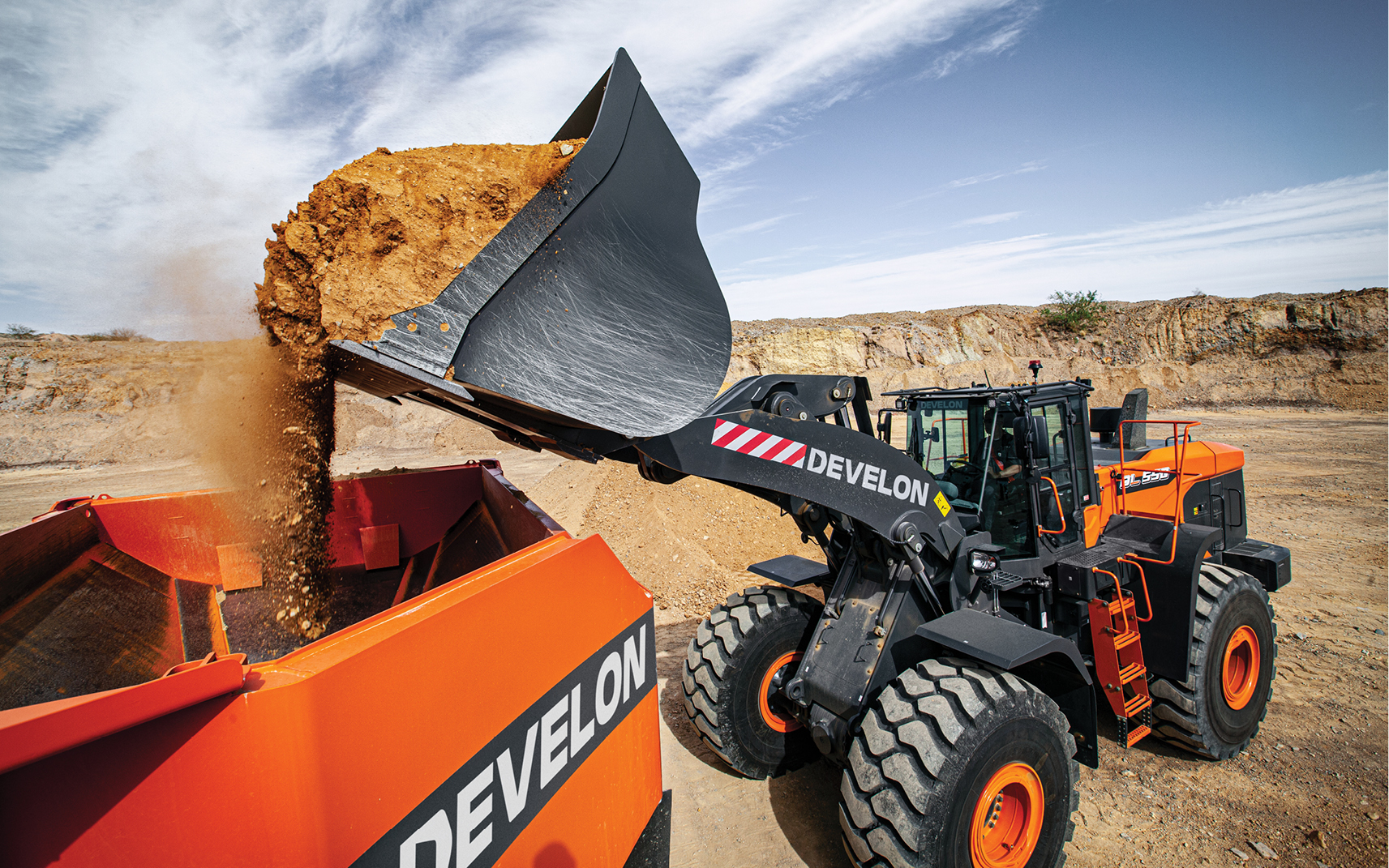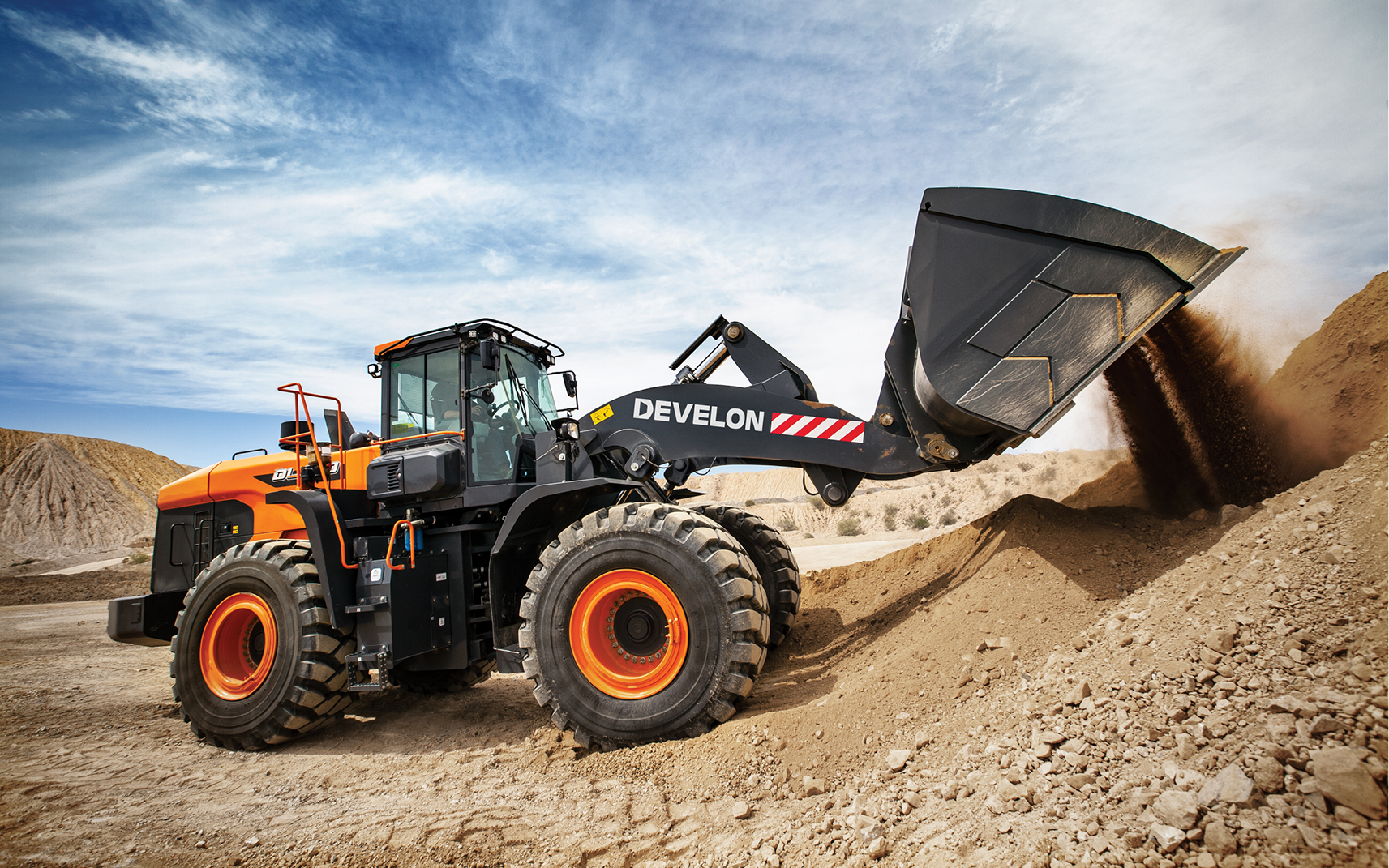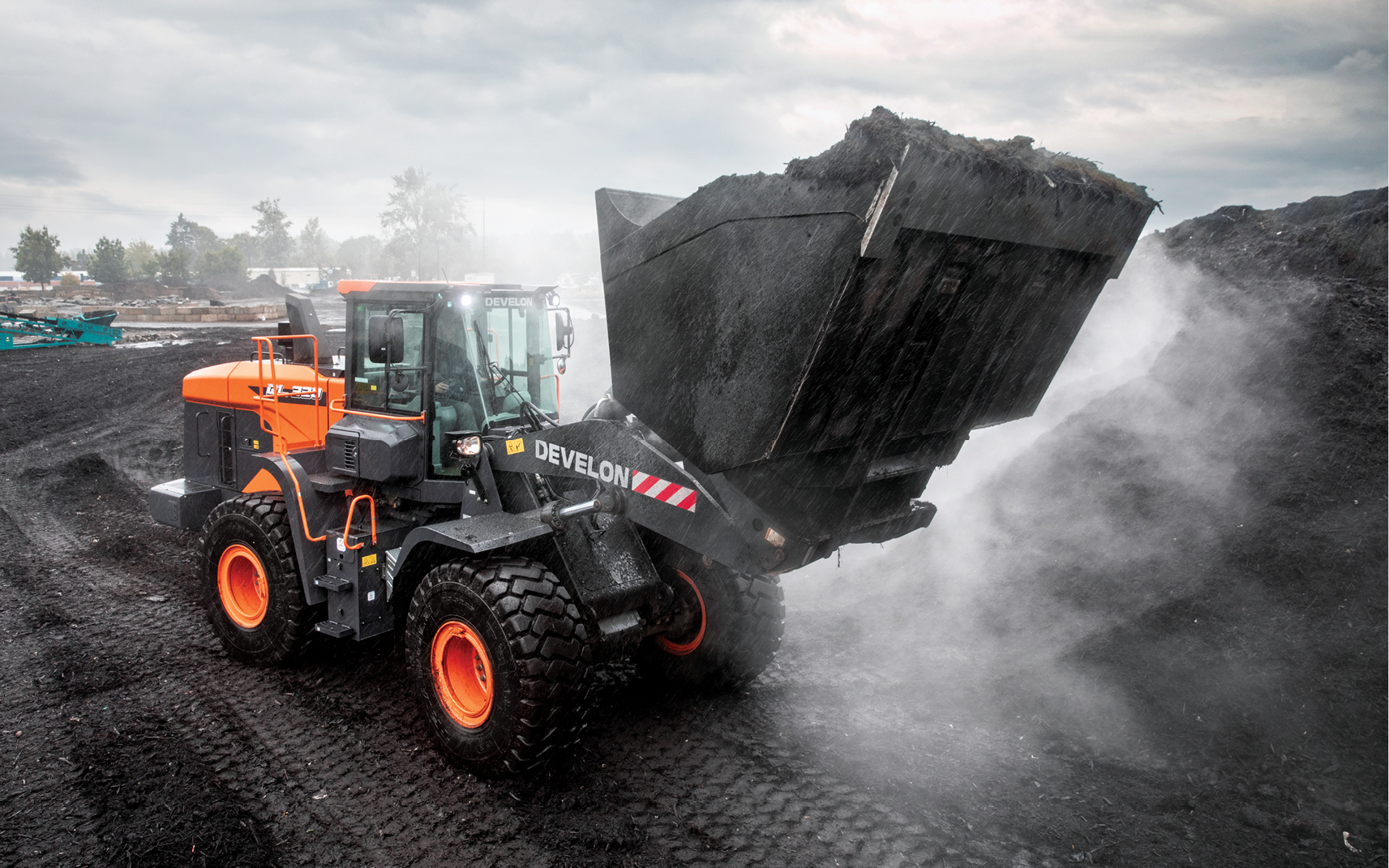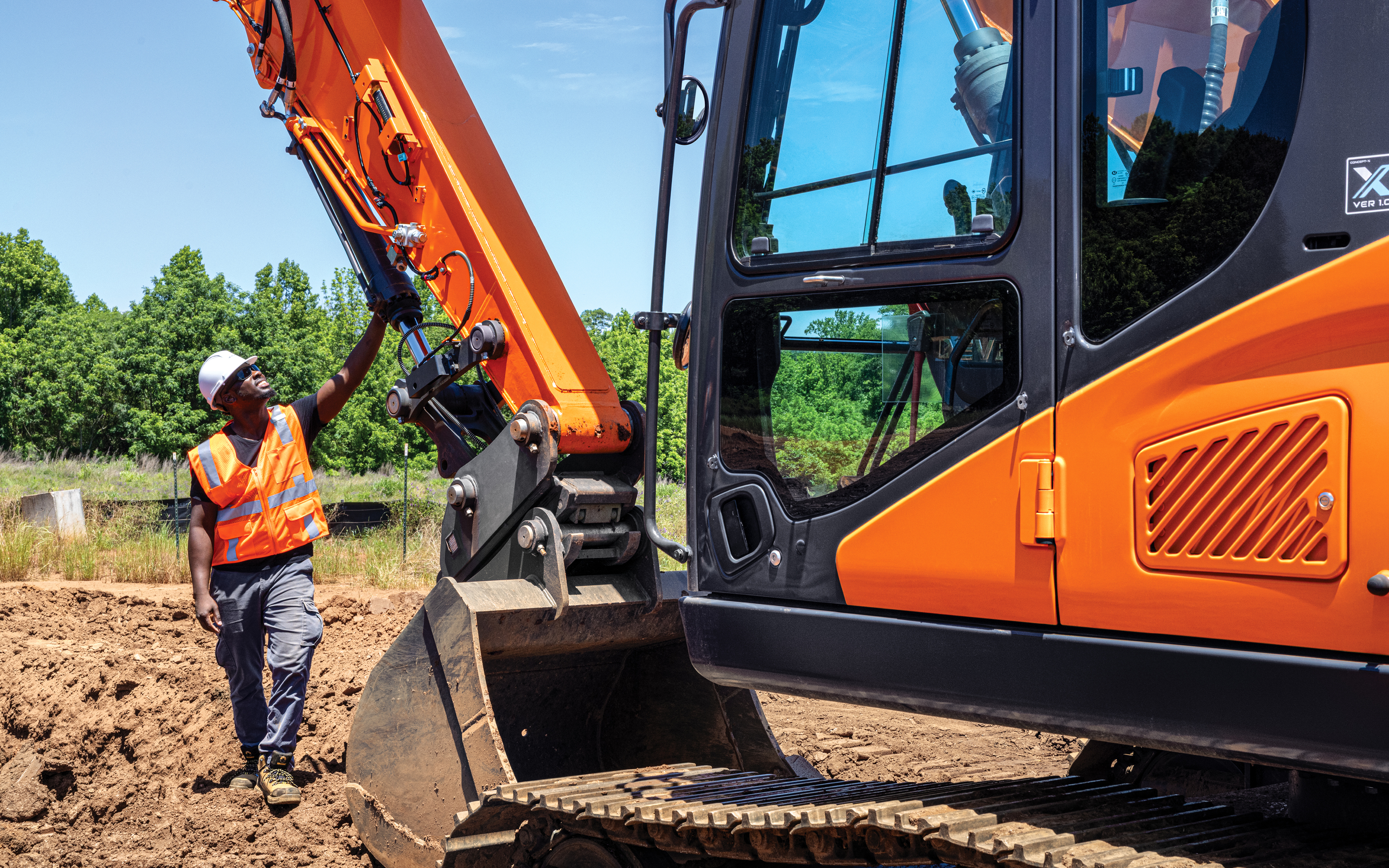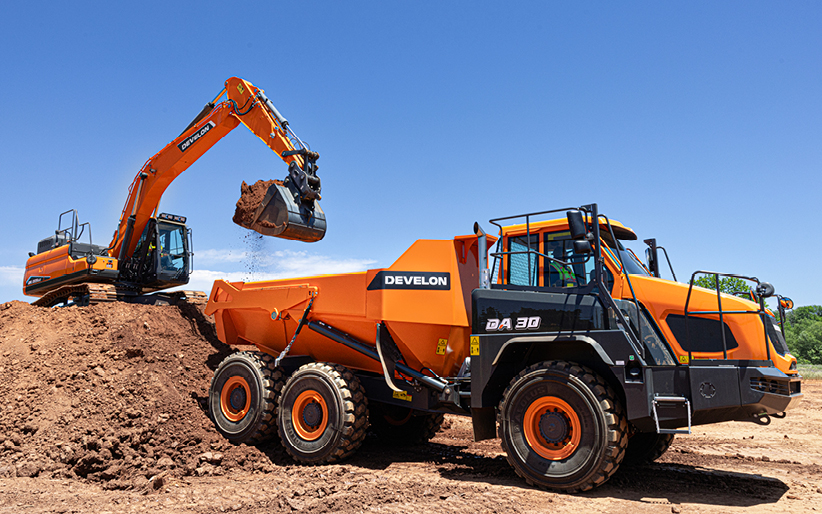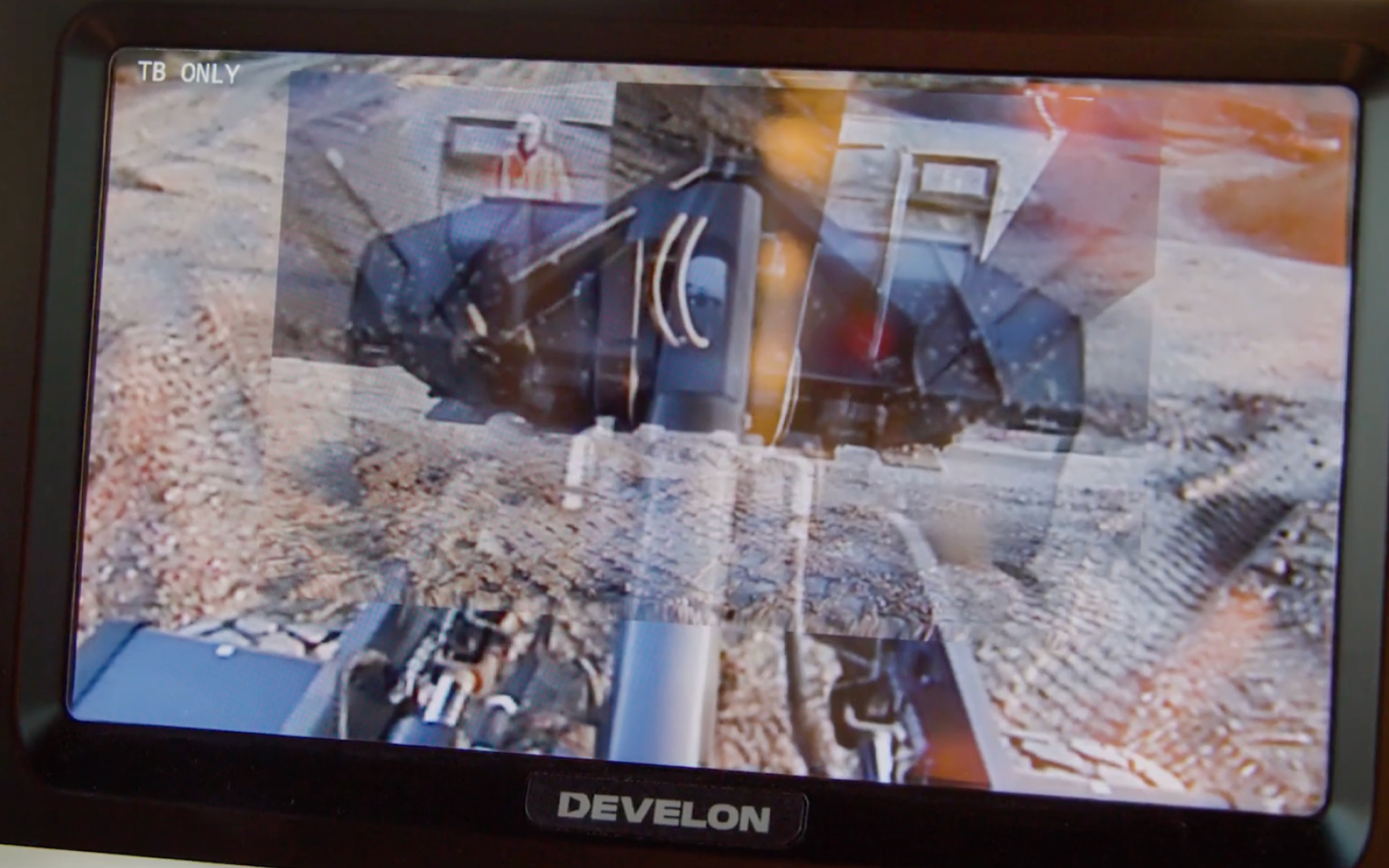Are you getting the most out of your wheel loader? You might be surprised to learn that the wrong bucket size can hinder your wheel loader material handling and productivity, especially in large-scale operations.
It’s important to make sure you have the correct wheel loader bucket size for job site efficiency. We’ll review some common mistakes and offer advice for selecting a wheel loader bucket.
Selecting a Wheel Loader Bucket
In my 20-plus years of working with contractors, I have come across many of the same mistakes when it comes to selecting wheel loader buckets. They include the following:
- Not taking into account the material density versus the wheel loader capabilities.
- Ignoring the weight of a quick coupler and its effect on the center of gravity.
- Sizing a bucket based solely on the wheel loader’s straight tipping load.
- Using an oversized bucket without accounting for the increased weight.
Regarding the last item, it’s also a common mistake not to account for the attachment weight difference when going from a light-material or general-purpose bucket to a rock bucket for heavy-duty work.
When you’re not using the correct wheel loader bucket size, you can eventually run into problems. These may include but are not limited to the following:
- Rear wheels leaving the ground when lifting a load.
- Unstable conditions when the load is at full height.
- Premature wear on components, possibly leading to machine downtime.
- Worst case: risk of machine rollover.
Long-term cost implications of using the wrong wheel loader bucket may include wasted fuel and a loss of material moved, leading to a loss of income.
Advice for Selecting a Wheel Loader Bucket
Your local dealer is a great place to start when you’re pairing a wheel loader with a bucket. The staff has the knowledge and experience to make sure you’re considering the factors that impact cycle times when determining the correct wheel loader bucket size.
Here are the factors to consider when selecting a bucket for your wheel loader.
- Material density
- Bucket weight
- Quick coupler weight
- Center of gravity
- Standard lift versus high-lift design wheel loaders
Although we’re discussing buckets for use with wheel loaders, much of this information applies to a wide variety of attachments like pallet forks and grapples for moving materials. It’s important to note that with fork-type grapples, the center of gravity can shift very far forward.
A good place to start when selecting a bucket is to factor in the static tip load while the wheel loader is articulated (pivoting). You can ask your dealer for this wheel loader spec. A safe wheel loader operating load is 50% of the static tip load while the machine is articulated.
When you use the reduced figure, you take into account that the wheel loader stability will change as the bucket is raised higher and higher.
Ground conditions will also play a factor in which bucket to choose. On smooth ground, wheel loader stability should be good, assuming the operator is trained and can move the machine as instructed. However, when the operator experiences uneven ground conditions, the machine’s stability can be affected.
If your company works in a variety of applications, it’s best to base your wheel loader bucket size on the heaviest or most frequently encountered material. Inform operators that when transitioning from lifting lighter material to the heaviest material, they can’t take a full heaped bucket load.
Bottom line: Understand the capabilities of your wheel loader. Just because the straight tip capacity may be 60,000 pounds does not mean a bucket is sized according to that spec.
Wheel Loader Bucket Capacity: An Example
Let’s apply what I’ve shared thus far using some wheel loader specs. If the machine has an articulated tip capacity of 40,000 pounds, then 20,000 pounds is a safe operating load.
Let’s assume the material being handled has a density of 2,500 pounds per cubic yard. The wheel loader operator could use an 8-yard bucket, assuming the bucket weight does not add additional weight to the load, based on the weight of the “standard” bucket.
It’s important to note that if we add a quick coupler to the wheel loader, the lift capacity needs to be reduced by the weight of the quick coupler; plus the center of gravity is farther forward.
Remember, if the wheel loader is a high-lift design, that will further lower the machine’s capacity.
Last but not least, don’t forget that because a bolt-on cutting edge adds weight to the bucket, it must be factored into the calculations to make sure the wheel loader is stable.
Innovative Wheel Loader Bucket Designs
Wheel loader bucket manufacturers continue to enhance their products with design features that can increase performance. These include:
- Altered the wheel loader bucket dimensions and shape. This allows for fuller bucket fills based on the material.
- Added weld-in bucket wear liners. The wear liners are intended to wear down, preserving the original bucket.
- Metal alloys used during the bucket manufacturing process. These alloys are lighter, stronger and more wear-resistant.
Check out our full lineup of wheel loaders and wheel loader attachments to get started.
Understand the capabilities of your wheel loader. Just because the straight tip capacity may be 60,000 pounds does not mean a bucket is sized according to that spec.”William Zak, Wheel Loader and ADT Product Manager, DEVELON

By William Zak, Wheel Loader and ADT Product Manager
William Zak is the product manager for wheel loaders and ADTs at DEVELON. He has more than 25 years of construction equipment experience in product management, marketing, and training. William also served in the U.S. Navy for 23 years.

